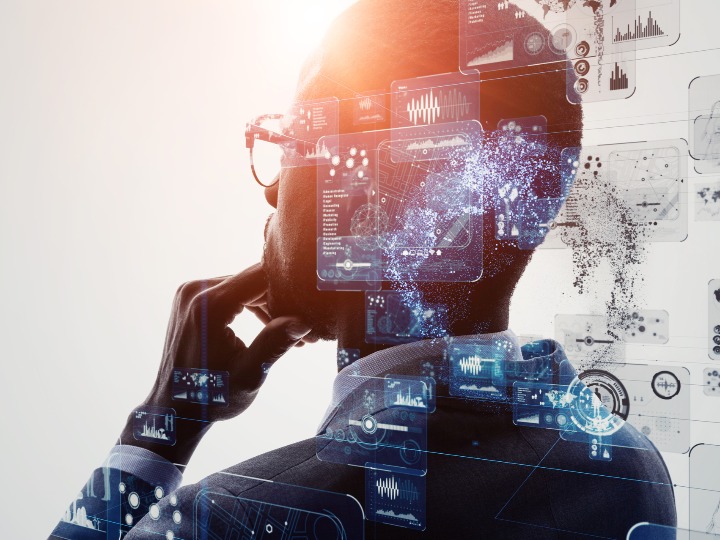Human-AI Interaction: The Future of Relationships Between Humans and Machines

Kevin Hong, Ph.D., professor, senior fellow, and director of Bauer College Ph.D. Programs, recently presented a webinar to discuss the implications of the future of interaction between human beings and Artificial Intelligence (AI) and explain how research can guide relationships between people and machines in the coming years.
Hong began his presentation by emphasizing how AI has already transformed major industries around the world, from healthcare to customer service to autonomous driving. Machines are changing the way we work, travel and do business. This has created both economic opportunities as well as socioeconomic challenges, because of AI’s capabilities in beating humans at calculating probability, computing and even more sophisticated activities such as bluffing.
To explain this phenomenon, Hong uses the examples of chess and the game Go; machines have beaten world class players in games that sometimes have infinite move combinations and strategies, and require not only accurate computation but intuition, creativity and strategic thinking. Additionally, machines have continued to get the better of humans in simpler things, such as the algorithm that beat humans in picking good jokes.
The concept of AI refers to those technologies and systems which show some capabilities to perform tasks at a level which arguably implies intelligence. Commonly agreed upon tasks include problem solving, knowledge representation, reasoning, planning, learning, perceiving, acting, natural language processing and communicating. AI, from the perspective of Information Systems, dates back to the 1950’s and was pioneered by revolutionary computer scientist Alan Turing. Turing invented the Turing Test, originally called the Imitation Game, which is a test of a machine’s capability of exhibiting intelligent behavior equivalent to, or indistinguishable from, that of a human.
While the digital revolution has most definitely created new job opportunities and innovated businesses in terms of how they function, there is still major argument regarding whether or not tech is going to create a net positive or net negative effect in terms of job creation and opportunity.
Activities that can be replaced by AI are those that can be automated and suitable for machine learning, such as tasks with clear goals and data inputs/outputs, tasks with high specification and tasks with a need for specialized background knowledge. From this aspect, developments in AI will amplify the soft skills of talented people and make them applicable to a broader range of industries.
However, we must be aware of the limitations in machine learning, such as algorithm bias. Algorithm bias describes systematic errors in a machine system that creates unfair or skewed outcomes, such as privileging one group of users over another. Bias can emerge due to many factors, such as inherent biases in training data, lack of bias detection in an algorithm and variating definitions and interpretations of fairness.
In conclusion, we can safely assume that sooner or later, AI and machine learning will lead to a redesign of workplaces. Innovative options involving intelligent machines can be harnessed in more industries every year. Above all, AI is transformative. It is revolutionary, and it needs to be channeled to ensure it benefits us as human beings socioeconomically.
“A possible solution for humans to balance out unproductivity and unemployment could be to race with the machines, and not against them,” said Hong. “We need to embrace technology and AI, and engage in human/AI collaboration.”